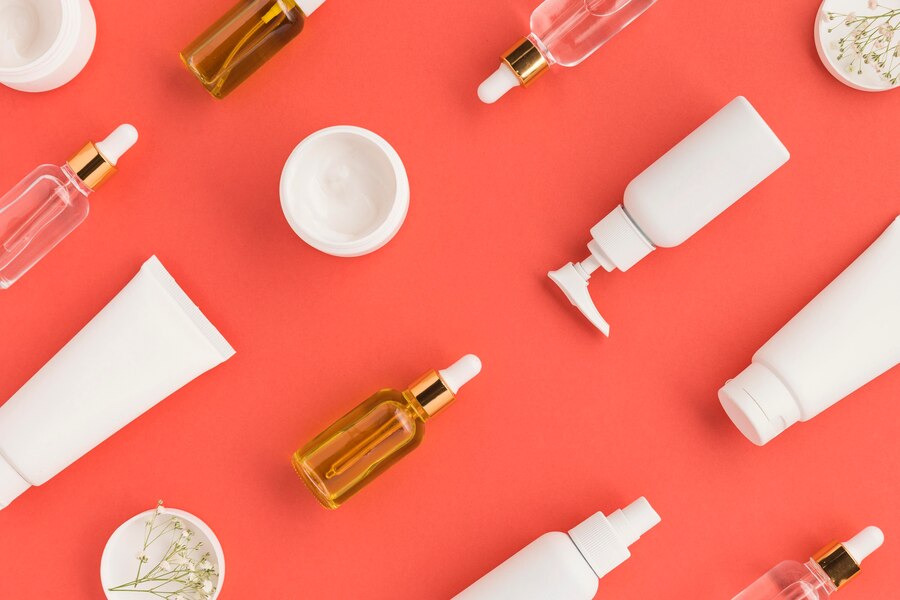Navigating REACH Regulations for Safety & Innovation
In the ever-evolving landscape of the cosmetics industry, compliance with regulations is crucial to safeguarding human health, and the environment and fostering innovation. The Regulations (EC) No 1907/2006, commonly known as REACG, stands as a pivotal framework with the European Union governing the Registration, Evaluation, Authorisation, and Restriction of Chemicals. This regulation is one of the most comprehensive chemical regulations in the world.
This article will explore the purpose of REACH and its application to cosmetic ingredients, shedding light on the responsibilities of companies and the role of industry associations in ensuring compliance.
Understanding REACH and its Impact on the Cosmetic Industry
Reach was established to uphold high-level protection for human health and the environment, promote alternative hazard assessment methods, and facilitate the free circulation of substances within the internal market. The regulation aims to enhance competitiveness while fostering innovation within the chemical industry.
One of the impacts of REACH on the cosmetic industry is the requirement for manufacturers and importers to register their ingredients and provide reliable data. This includes information substances, physicochemical properties, toxicological effects, and exposure scenarios. Registering cosmetic ingredients under REACH contributes to the overall safety assessment of these substances and provides consumers with confidence in the products they use.
Reach also imposes restrictions on some hazardous substances, such as carcinogens, mutagens, and reproductive toxicants, which may be present in cosmetic products. This ensures that these substances are either substituted with safe alternatives or used in concentrations that do not pose risks to human health.

Safety assessment under REACH regulation for cosmetic ingredients
Manufacturers and importers of cosmetic ingredients must provide safety data that includes information on the ingredients, and potential hazards, such as skin sensitization, eye irritation, or systemic toxicity. This data is essential for evaluating the risks associated with ingredients and determining safe limits for their use in cosmetic products.
REACH also promotes the use of alternative testing methods, such as in vitro testing or computer models to reduce the need for animal testing in safety assessments. This aligns with the industry's increasing focus on animal welfare.
Further, cosmetic ingredients may be subjected to authorization or restriction if they are found to pose significant risks to human health or the environment.

Bonus Read: Retail Expansion Strategy in the EU: Navigating New Markets
The Role of REACH in Ensuring Consumer Safety
Pre-market Safety Assessment
REACH regulations play an important role in ensuring the safety of consumers by providing a framework for the safety assessment of cosmetic ingredients. They enable the identification and valuation of risks associated with cosmetic ingredients before they enter the market.
Mitigating Risks in Cosmetics
Through its comprehensive assessment requirements, REACH regulation helps prevent any hazardous substances in cosmetic products or ensure that their use is regulated. This minimizes the risks of adverse effects on consumer health, such as allergic reactions or skin sensitization.
Transparency for Informed Cosmetic
Moreover, REACH ensures transparency and accountability that enables consumers to make informed choices when purchasing cosmetic products. Consumers can assess the safety of the products they use and make decisions based on their preferences and needs.

Challenges and future developments in REACH regulations
Safety Evaluation and Collaboration
One of the challenges is the continuous evaluation and update of safety data. As new knowledge emerges and understanding of the potential risks of certain substances evolves, it is essential to keep safety data up to date. This requires ongoing research and collaboration between regulatory authorities, industry stakeholders, and scientific experts.
Global Harmonization
Another challenge is the harmonization of regulations globally. While REACH is widely accepted within the EU, other countries have different requirements and standards for cosmetic ingredients. Hence harmonising regulations would facilitate international trade and ensure consistent safety assessments worldwide.
Fostering Innovation
Moreover, the development and implementation of alternative testing methods remain an area of focus. The use of other testing methods can enhance the efficiency and accuracy of safety assessments while reducing the need for animal testing.
In the future, it is expected that reach will continue to evolve to address challenges and technological advancements. this will further enhance the safety of cosmetic ingredients and contribute to the overall safety of cosmetics products.
As the cosmetics industry continues to evolve, adherence to regulatory frameworks like REACH becomes paramount. Companies must remain vigilant in complying with registration deadlines and ensuring that their cosmetic ingredients are in line with REACH requirements. The collaborative efforts of industry associations, such as Cosmetics Europe, further contribute to the successful implementation of REACH, fostering a balance between safety, innovation, and market competitiveness in the European cosmetics landscape.
For more information about the cosmetics industry, reach out to our business experts through the sales outsourcing page or the personal care and beauty page
Additional Reading: CBD Market in Europe: Booming Expansion Opportunity
Source: Cosmetics Europe
Category
Related articles
-

People Analytics: Transforming HR for European Expansion
Last updated: 18 September 2024Discover how people analytics can transform HR management, aiding companies in navigating the...
Read more -

Navigating Retail Recruitment and Employment in Europe's Top Markets.
Last updated: 30 August 2024Explore retail recruitment and employment, labor insights, and strategic hiring approaches in...
Read more -

Leveraging the European Hospitality Industry for Retail Success
Last updated: 24 May 2024Leverage the European hospitality industry to drive retail success by accessing a global customer...
Read more

